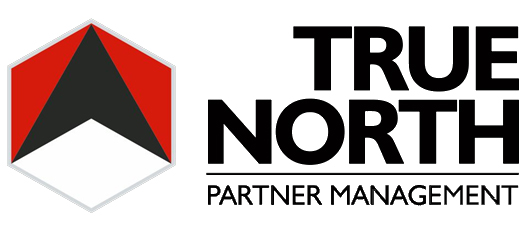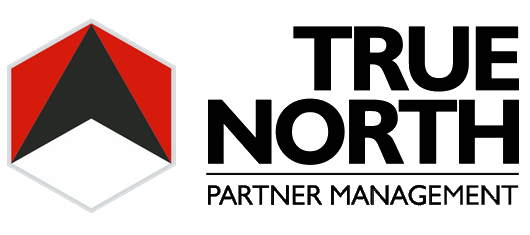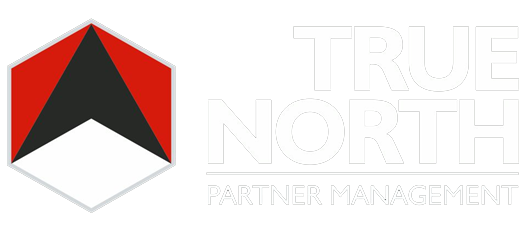The following post originally appeared on Forbes | July 21, 2014
The lateral legal partner market is as active as it has ever been. Though the Dow Jones is pulsing at a feverish pace, drawing smiles and cheers from investors, the ever-conservative legal minds of the BigLaw community aren’t so easily comforted. Legal consumers are continuing to apply fee pressures; work, though still flowing steadily, is threatened by LPOs and ABSs; despite best efforts, de-equitizations and financial gymnastics are frequent-enough. While I am not ringing the alarm, the tide that once rose neck-deep has subsided, and some firms, apparently, forgot their swimming trunks. An unavoidable side effect is a highly active market for lateral law firm partners.
In my experience, when the media and on-lookers observe and contemplate the lateral market, they usually do so from the attorney’s angle, the attorney’s view point. It is rare that the law firm’s perspective comes into play. Millions of dollars are spent every year on lateral recruitment initiatives. Further, for every lateral move that actually takes place, there are a handful of firms—in some cases, many—that lost in the courtship process, seeing no return on their investment of time and resources, and losing the lateral’s valuable book of business.
Today I turn to one of the more prolific legal recruiters in the country: Larry Watanabe. He is one of the founding partners of Watanabe & Nason, LLC, A California-based-and-focused legal recruitment firm. Having facilitated north of 950 partner moves in California during their history, they are the dominant partner placement firm in the Golden State. While they execute strategic searches for firms, including opening entire California offices for major Am Law firms, 90% of their work involves representing the lateral partner or group and not the firm.
Well acquainted with the interests of lateral partners, Watanabe offers us a unique view into why partners leave their firms in the first place. The other side of this coin is an understanding of what law firm management can do to ensure that their houses are in order. See our exchange below:
Parnell: What are the characteristics that most laterals look for?
Watanabe: Among the most important criteria laterals look for in a move are a firm’s stability, a firm’s demonstrated ability to retain their partners, and a solid financial balance sheet, profitability, and platform. Surprisingly, many partners enter the process not knowing or understanding the best platform for their practice. I believe it is the role of the recruiter to help the lateral evaluate his or her practice, clients, and the economics of their practice and advise as to proper fit. Compensation is clearly always a factor, and partners need insight as to not only how they will enter a particular firm’s system, but more importantly, how others are treated at the firm and what can be expected once integrated into the partnership.
Parnell: What are the most consistent reasons that partners look to leave their firms?
Watanabe: While most expect that partners are leaving for increased compensation and multi-year guarantees, that is most often not the case. Partners are most consistently concerned about client conflicts and commitment to their practice within the potential firm. Since the recession, the majority of laterals moving are doing so for equal compensation or [just] modest increases. There are many firms and/or offices of firms which are weak and struggling. Given the overhead required, many firms are re-evaluating their commitment to certain geographical and industry sectors, and partners within those offices are vulnerable.
Parnell: Do you see any trends arising on the landscape?
Watanabe: There will continue to be a growing separation between the nation’s top 20-25 firms and the rest of the Am Law 100. The costs involved to operate a truly global law firm are such that those without the necessary infrastructure cannot compete effectively in these markets. Many are trying to enter at the international level and are late to the market. The lines will become blurred between the mid-level Am Law 100 and Am Law 200 firms.
Parnell: Are there law firm profiles that seem to be more attractive to laterals than others in the changing landscape?
Watanabe: Since the most recent recession, many partners are re-evaluating their current firm’s continued push to profitability, and questioning whether their practice truly fits and is consistent with the firm’s long term goals. Accordingly, many Am Law 200 firms are benefiting as partners with Am Law 100 firms are defecting as they recognize their clients and practice may benefit from more flexible billing rates and associated costs.
Parnell: What characteristics do your favorite clients have? In other words, what makes law firms easy, or interesting, or desirable to laterals?
Watanabe: Firms that are transparent in their approach and have a clear, identified business strategy for the targeted acquisition make for the best clients. The majority of the clients with which I work have exceptionally efficient and streamlined systems in place to process laterals. It begins with direct access to a firm chairperson or firm-widemanaging partner, devoted to lead the process along with practice group leaders. Accessibility around the clock and effective communication is an absolute necessity. The acquisition of top level laterals is a highly competitive and reactive and dynamic environment, and timing and execution are always critical factors.
Parnell: If you could give management or leadership a single piece of advice about how to best retain their partners, what would it be?
Watanabe: I would say transparency. Partners are owners of the firm, and need and deserve transparency. Through transparency comes trust. This factor is vital to partner retention.
Parnell: What is the most dramatic change that you’ve seen in the industry over that last 25 years?
Watanabe: The most dramatic change in the lateral partner recruitment business has been, by far, the advent of technology. The ability to literally work anywhere in the world, and to do so 24/7 with technology, moves transactions in light speed compared to 25 years ago.
Parnell: If you found $5M on the ground, and had to invest it in a business outside of your firm, what would that business be?
Watanabe: I would invest it in my wife’s company. My wife started a digital publishing company based in San Diego named Clearstory. She has a vision and strategy not currently employed by any other companies in her industry. Most of all, I believe in her.
Larry Watanabe founded Watanabe Nason in 1998. He was a partner at Ziskind, Greene, Watanabe & Nason from 1991-1998 and has been a legal recruiter for 24 years. His practice involves the representation of partners and practice groups seeking new affiliations. His expertise includes partner practice analysis, creating business and marketing strategies for partner practices and negotiation of partner compensation. Larry has unparalleled access to law firm management at virtually every major law firm in the US.



